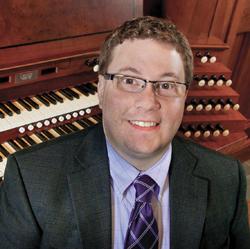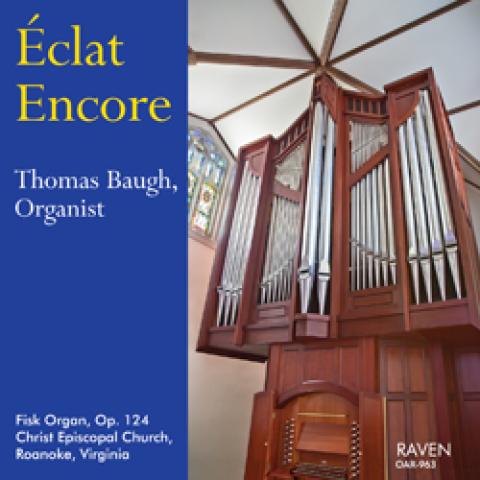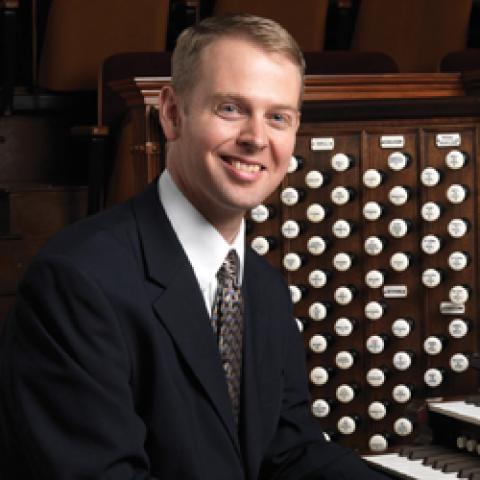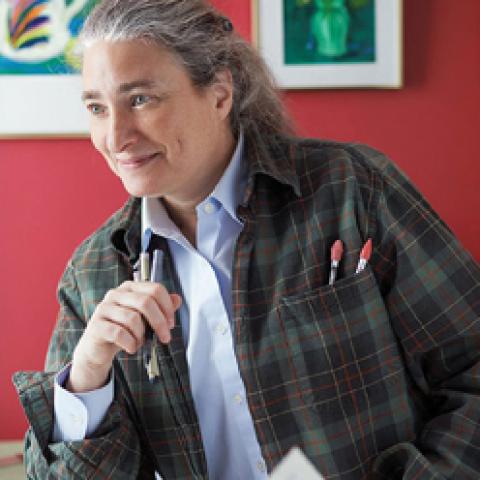
Andrew Scanlon is featured on a new recording, Solemn and Celebratory, on the Raven label. The CD was recorded on the 2005 C. B. Fisk Opus 126 three-manual organ of 57 ranks at St. Paul’s Episcopal Church, Greenville, North Carolina, where Scanlon is organist/choirmaster and oversees the undergraduate and graduate programs in organ and sacred music at East Carolina University.
Repertoire includes Fanfare, John Cook; Mors et Resurrectio, Langlais; Suite du 2ème ton, Guilain; Fantasia and Fugue in G Minor, BWV 542, Bach; Sonata No. 3, Mendelssohn; Sicilienne from Suite, op. 5, Duruflé; Master Tallis’s Testament, Howells; In Paradisum, Daniel-Lesur; and Final from Symphony No. 1, Vierne.
For information: www.RavenCD.com.





